With Vietpower Travel, uncover the timeless beauty of Sin Chai Village, a hidden gem of Sapa surrounded by the majestic Hoang Lien Son Mountains. Home to the Black H’Mong people, the village preserves its authentic traditions, herbal medicine, and peaceful way of life. The scent of mountain herbs, the sound of flowing streams, and the warmth of local hospitality make every step here a journey into Vietnam’s living culture.
Sin Chai Village Sapa is located about 5 kilometers from Sapa town, lying peacefully at the foot of the Hoang Lien Son mountain range and near Thau Stream, a clean freshwater source that flows all year round.
The village is surrounded by lush forests, small rice terraces, and cool mountain air. From here, visitors can admire the striking Ngu Chi Son Mountain, known as the Five-Finger Peak, with five towering summits reaching nearly 3,000 meters, second only to Fansipan, the highest mountain in Indochina.
This mountain landscape gives Sin Chai a dramatic and photogenic backdrop, especially at sunrise and sunset. The short trekking route from Sapa to the village passes through rice fields, forest paths, and peaceful local hamlets, making it one of the most scenic trails among the Sapa Villages.
Sin Chai is an ethnic minority village in Sapa, home to the Black H’Mong people who have preserved their traditional way of life for generations. Their daily routines show a deep harmony with nature and a strong sense of community well-being.
A notable local feature is the Hygienic Settlement Pattern. Unlike many mountain villages, the H’Mong in Sin Chai build their livestock sheds far away from their living houses, keeping the surroundings cleaner and safer. This practice contributes to better air quality and reduces the risk of illness within the community.
Another remarkable tradition is the Herbal Self-Treatment Practice. The villagers often collect herbs from the slopes of Ngu Chi Son Mountain to prepare natural remedies for common ailments such as colds or fatigue. These herbal therapies are passed down from generation to generation and reflect the community’s deep knowledge of local plants and natural healing.
Thanks to these healthy habits, pure water, and fresh mountain air, Sin Chai has long been known as a peaceful place where locals enjoy long, fulfilling lives.

Each season paints Sin Chai Village in a different shade of beauty:

The most authentic way to explore Sin Chai Village Sapa is by trekking.
The trail is about 5 km from Sapa town and takes 1.5–2 hours to complete. It’s a moderate trail, passing through rice terraces, bamboo forests, and quiet H’Mong hamlets — perfect for those who enjoy off-the-beaten-path Sapa adventures.
Along the way, you’ll follow Thau Stream, a freshwater source that flows all year round and keeps the village fertile and lush.
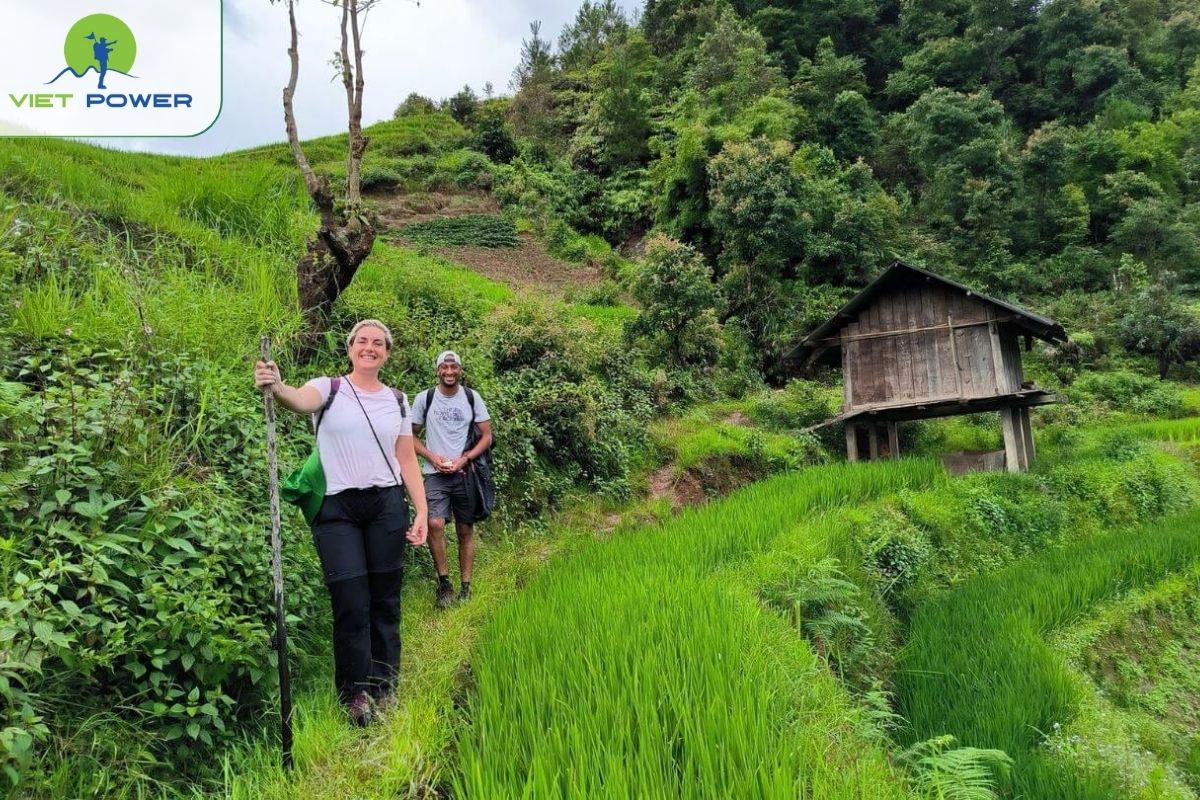
If you prefer a quicker trip, Sin Chai Village is only 10–15 minutes by road from Sapa town.
You can rent a motorbike or book a guided tour through Vietpower Travel.
|
|
|
|
|
|
|
|
|
|
|
|
|
|
|
|
The village has two areas: Sin Chai A (upper trekking & viewpoint zone) and Sin Chai B (lower part with homestays and local culture).
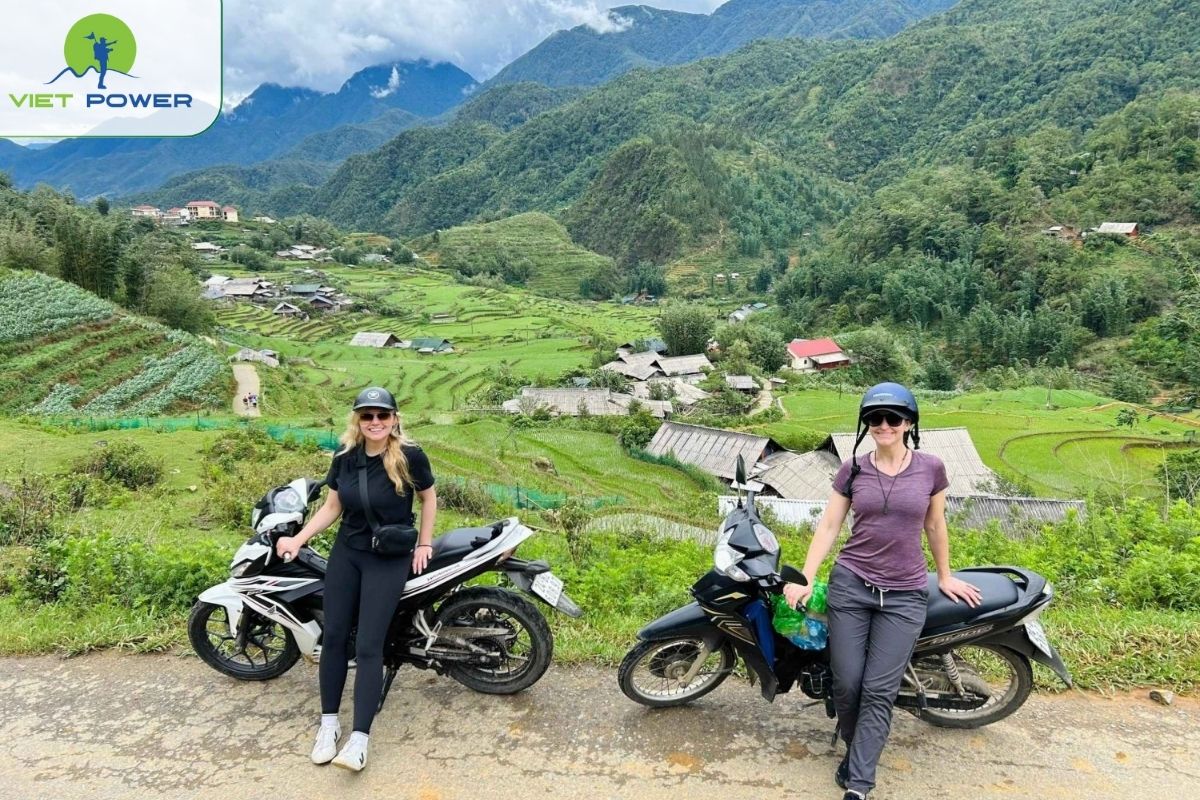
Arriving at Sin Chai Village Sapa, visitors are greeted by layers of emerald-green hills, petite rice terraces, and the spectacular view of the Ngu Chi Son mountain range, often veiled in drifting clouds. The scenery feels calm yet powerful — a perfect blend of nature’s grace and mountain majesty.
As you walk along the trails, you’ll hear the sound of wind brushing through bamboo groves and the soft flow of nearby streams. From higher viewpoints, you can see the wide panorama of Fansipan, “the Roof of Indochina,” standing proudly behind the valley.
Sin Chai lies directly within the Muong Hoa Valley ecosystem, one of the richest natural zones in northern Vietnam. Its microclimate brings cool, misty mornings and fresh air year-round. Crystal-clear streams feed the fields, while the slopes nurture herbs and fruit trees. The biodiversity here keeps the land fertile and gives Sin Chai its serene, unspoiled atmosphere — a refreshing contrast to busier Sapa Villages like Cat Cat or Lao Chai.
This is an ideal place for travelers who enjoy photography, peaceful walks, or quiet moments to breathe in the mountain air and reconnect with nature.
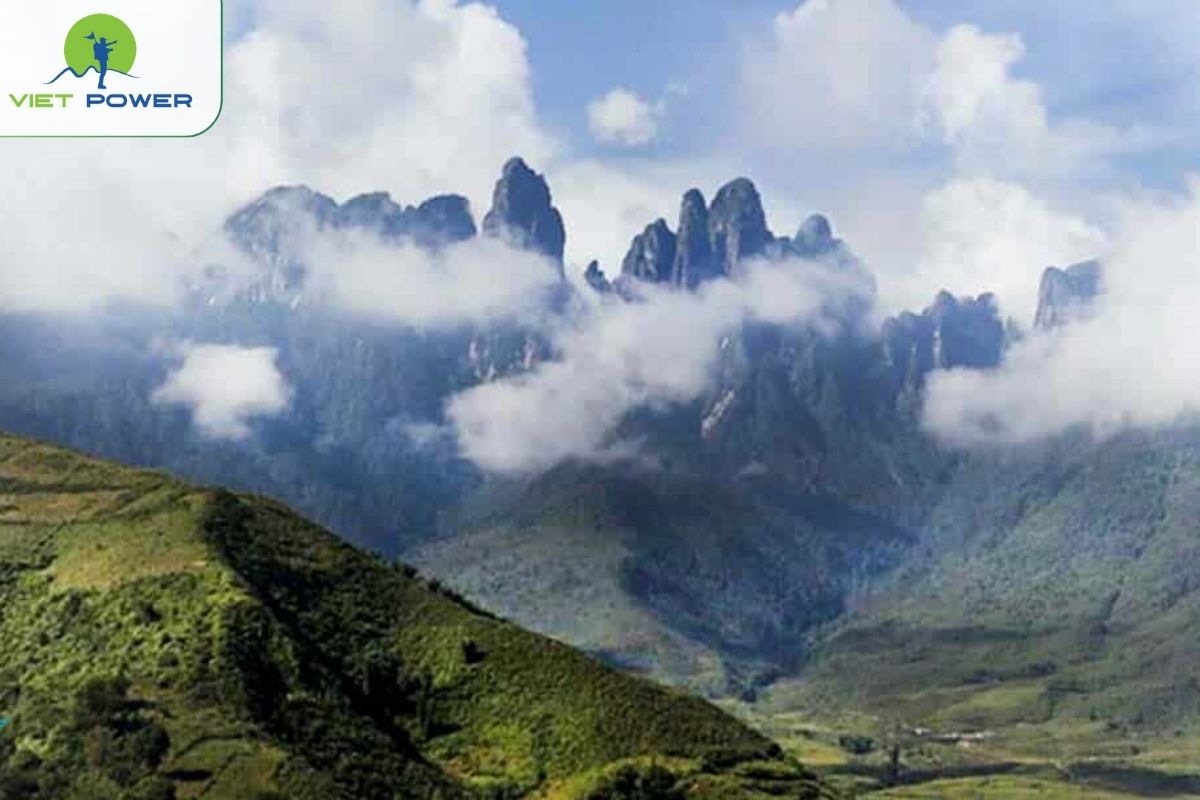
The soul of Sin Chai lies in its people — the Black H’Mong ethnic community, known for their craftsmanship, hospitality, and harmony with the land. Spending a day here gives visitors a deeper understanding of Sapa’s cultural heartbeat.
Walk through the village in the early morning and you’ll see farmers working in terraced fields, guiding buffaloes or planting crops by hand. Women sit outside wooden houses, weaving brocade or sewing colorful embroidery. Children help their parents, play by the stream, or chase chickens around the yard — scenes of daily life that remain unchanged for generations.
One of the most fascinating traditions is the indigo dyeing craft. H’Mong women make natural dye from wild indigo leaves found on the mountain slopes. They crush the leaves, ferment them in water, and use the deep blue pigment to color handmade linen fabric. Each piece of cloth is then decorated with beeswax or hand-stitched patterns, creating unique ethnic garments.
Visitors can join short workshops arranged by Vietpower Travel, learning how to stir the indigo mixture, press fabric, or draw traditional motifs. These activities not only support local artisans but also help preserve this ancient eco-friendly craft.
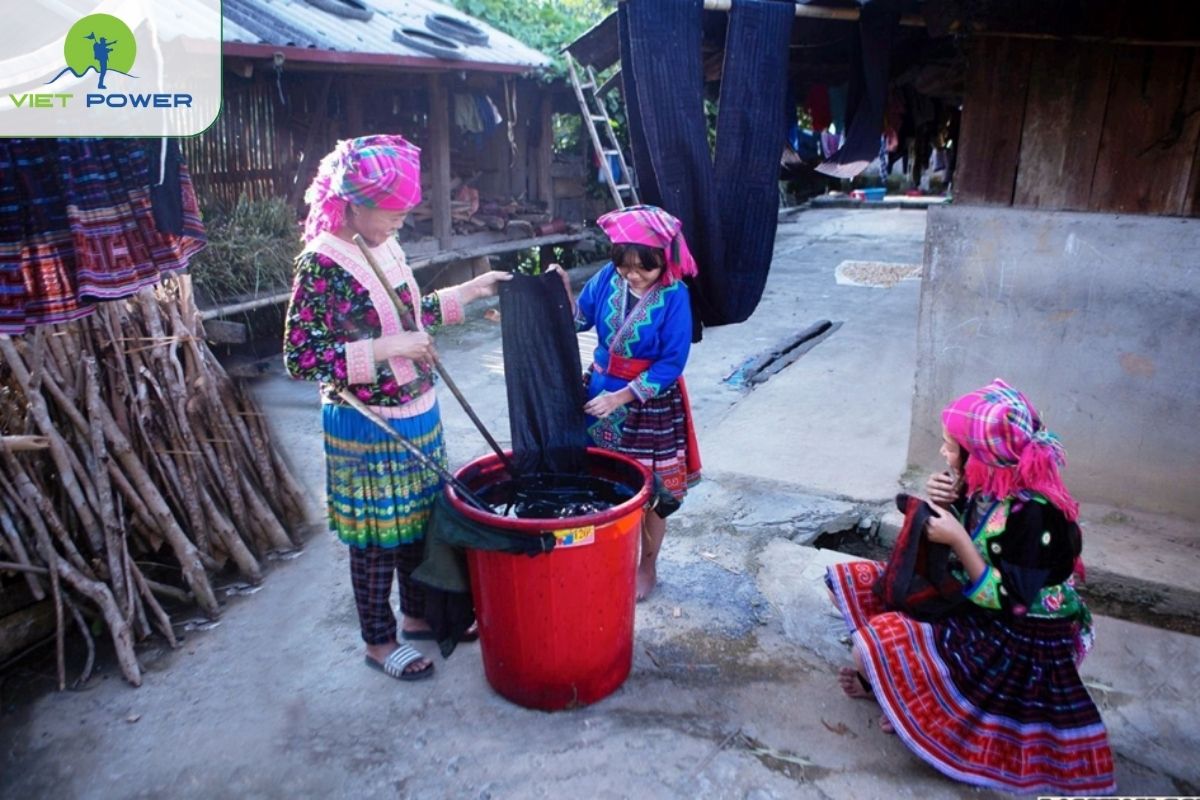
At the heart of the village stands the Sin Chai Cultural House, a simple yet meaningful wooden building that plays an essential role in community life.
This is where villagers gather for ceremonies, brocade weaving classes, and storytelling nights. Elders teach the younger generation about old customs, local songs, and herbal knowledge. It’s also the place where community leaders discuss farming schedules, harvest rituals, and cultural festivals.
When joining a guided tour with Vietpower Travel, guests can visit this cultural hub, watch local weaving demonstrations, and listen to traditional flute melodies played by H’Mong artisans. The visit offers a sincere connection with the village’s heritage — something many travelers find more meaningful than staged performances elsewhere.
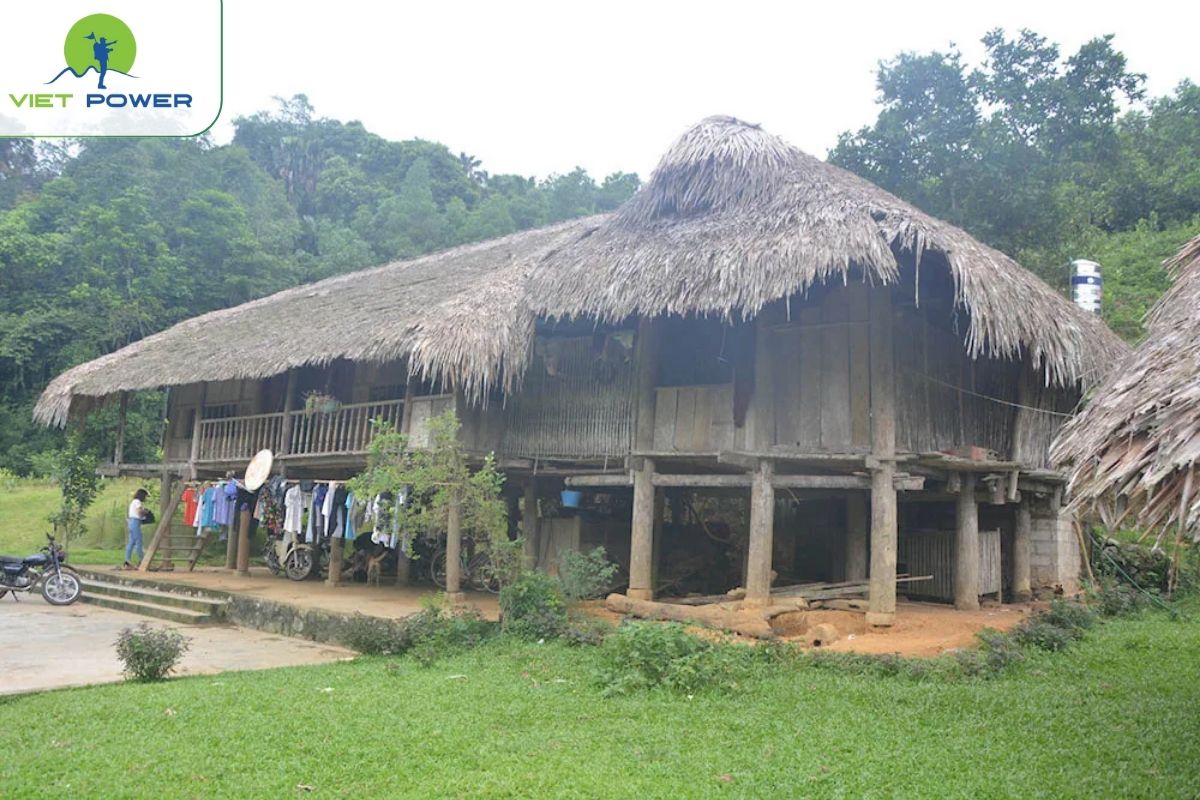
Sin Chai’s people are known for their herbal medicine practices, passed down for centuries. Most families keep a small garden behind their homes, where they grow herbs for teas, balms, and baths. Locals often use these natural remedies instead of modern medicine to treat colds, fevers, or muscle pain.
Guests can join herbal workshops or forest walks with local guides to learn about medicinal plants. The guide explains how each herb is collected, dried, and mixed — for example, cardamom for body warmth, star anise for relaxation, and wild ginger for joint relief.
You can also experience a traditional herbal bath, where dozens of fragrant leaves are boiled together in a wooden tub. The scent of the forest fills the air, helping the body relax after trekking to Sin Chai.
This healing culture connects to the village’s longevity lifestyle (Rate Attribute #1) — a peaceful rhythm built on clean water, organic food, and close ties to nature.

For photography enthusiasts, Sin Chai is pure inspiration. At sunrise, the valley is wrapped in mist, and sunlight filters through the clouds, casting golden beams on the terraced fields. The scene feels dreamlike — water sparkling in the paddies, smoke rising from wooden roofs, and farmers beginning their day.
During harvest (September–October), the fields turn bright gold, and every corner becomes a natural photo spot. Drones or wide-angle lenses capture the grand view of terraced patterns winding through the valley. At sunset, the sky glows in warm orange, reflecting over the tranquil village.
Vietpower Travel guides can help you find the best vantage points for these shots — peaceful, crowd-free spots that highlight Sin Chai’s authentic charm.
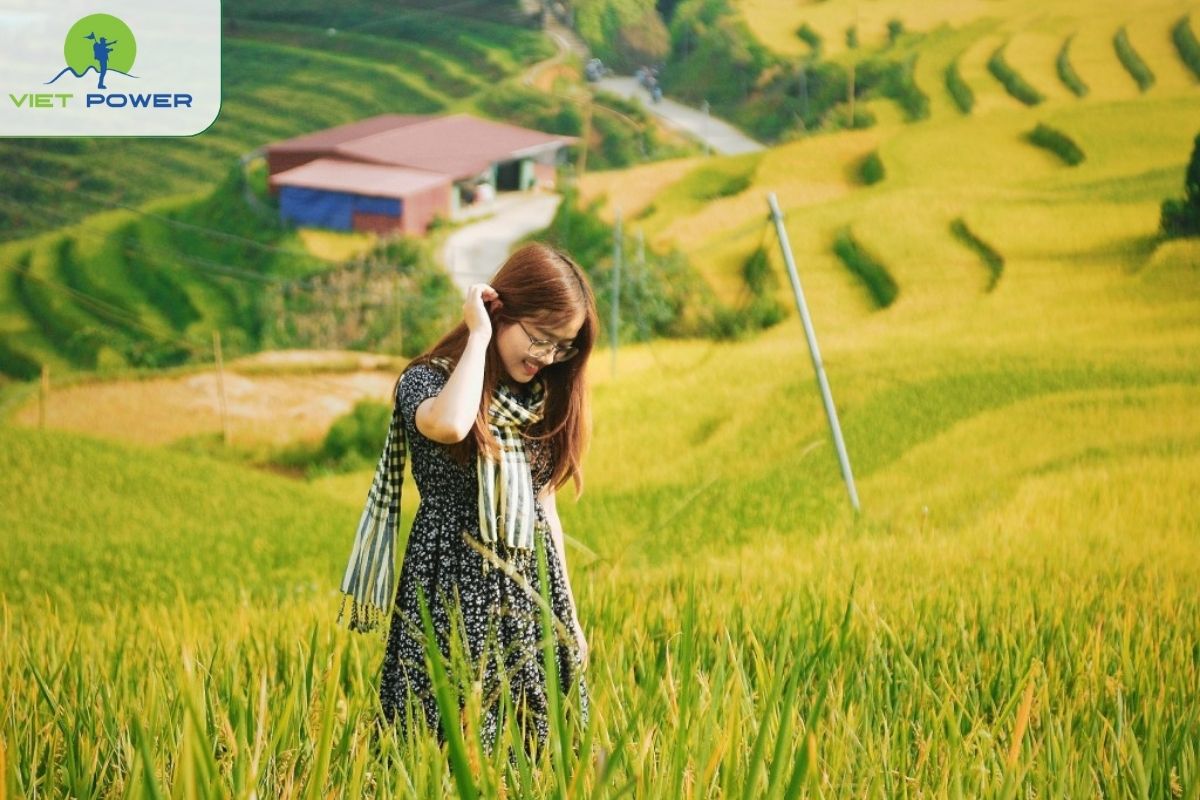
A visit to Sin Chai becomes more meaningful when travelers show respect and care for the local community. Here are simple ways to make your trip enjoyable and responsible:
|
|
|
|
|
|
|
|
|
|
|
|
|
|
|
|
|
|
|
|
|
|
|
|
|
|
|
|
|
|
|
|
|
|
|
|
|
|
|
|
|
|
|
|
|
|
|
|
While each village offers unique appeal, Sin Chai Village is special for its quiet scenery, strong cultural identity, and wellness-centered lifestyle. Here, the Black H’Mong people continue to live close to nature — growing their own food, making herbal medicine, and practicing traditional crafts such as indigo dyeing and weaving. Unlike busier destinations, Sin Chai feels calm and genuine, giving visitors a real sense of local life in the mountains.
For travelers exploring multiple Sapa Villages, Sin Chai is the perfect choice to balance culture, nature, and peaceful rural life.
Sin Chai Village is located about 5 kilometers from Sapa town, which takes around 1.5 to 2 hours to reach on foot. For those who prefer comfort, you can also get there in 10–15 minutes by motorbike or car. The route is scenic, passing through small farms, rice terraces, and quiet hamlets before arriving at the village.
Yes, entry to Sin Chai Village is completely free. Unlike some other Sapa Villages that require an entrance ticket, visitors can explore Sin Chai freely and meet local residents without additional costs. However, small donations or purchases from local artisans are always appreciated, as they help support community development.
Sin Chai stands out for its long-living residents, clean environment, and deep-rooted cultural heritage. The Black H’Mong people here are known for their herbal medicine practices, natural indigo dyeing, and strong sense of community centered around the Cultural House. The village’s layout also promotes hygiene, with animal sheds built away from homes — a rare feature among highland settlements.
This combination of wellness, craftsmanship, and authenticity makes Sin Chai one of the most peaceful and genuine experiences in northern Vietnam.
Yes, Sin Chai is ideal for families. The roads are easy to walk, the atmosphere is calm, and the locals are kind and welcoming. Children can safely interact with village kids, observe farming life, and learn about mountain traditions. Families often enjoy short hikes, herbal workshops, or home-cooked meals with local hosts — all within a friendly, educational environment.
Yes, you can easily explore Sin Chai and Cat Cat Village in a single day. Start your journey from Sapa town, visit Cat Cat first (around 3 km away), then continue walking or driving another 2 km to reach Sin Chai. This route forms a scenic loop combining nature, culture, and photography opportunities — perfect for travelers who wish to experience both traditional and quieter sides of Sapa.
A visit to Sin Chai Village is more than a scenic escape — it’s a chance to experience harmony between people and nature through pure water, traditional crafts, and the simple rhythm of highland life. Whether trekking among rice terraces or sharing tea with local families, travelers leave with lasting memories of sincerity and peace. Explore more unique destinations like Sin Chai through Vietpower Travel’s curated Vietnam Tourist Attractions, and embrace the authentic heart of the country.